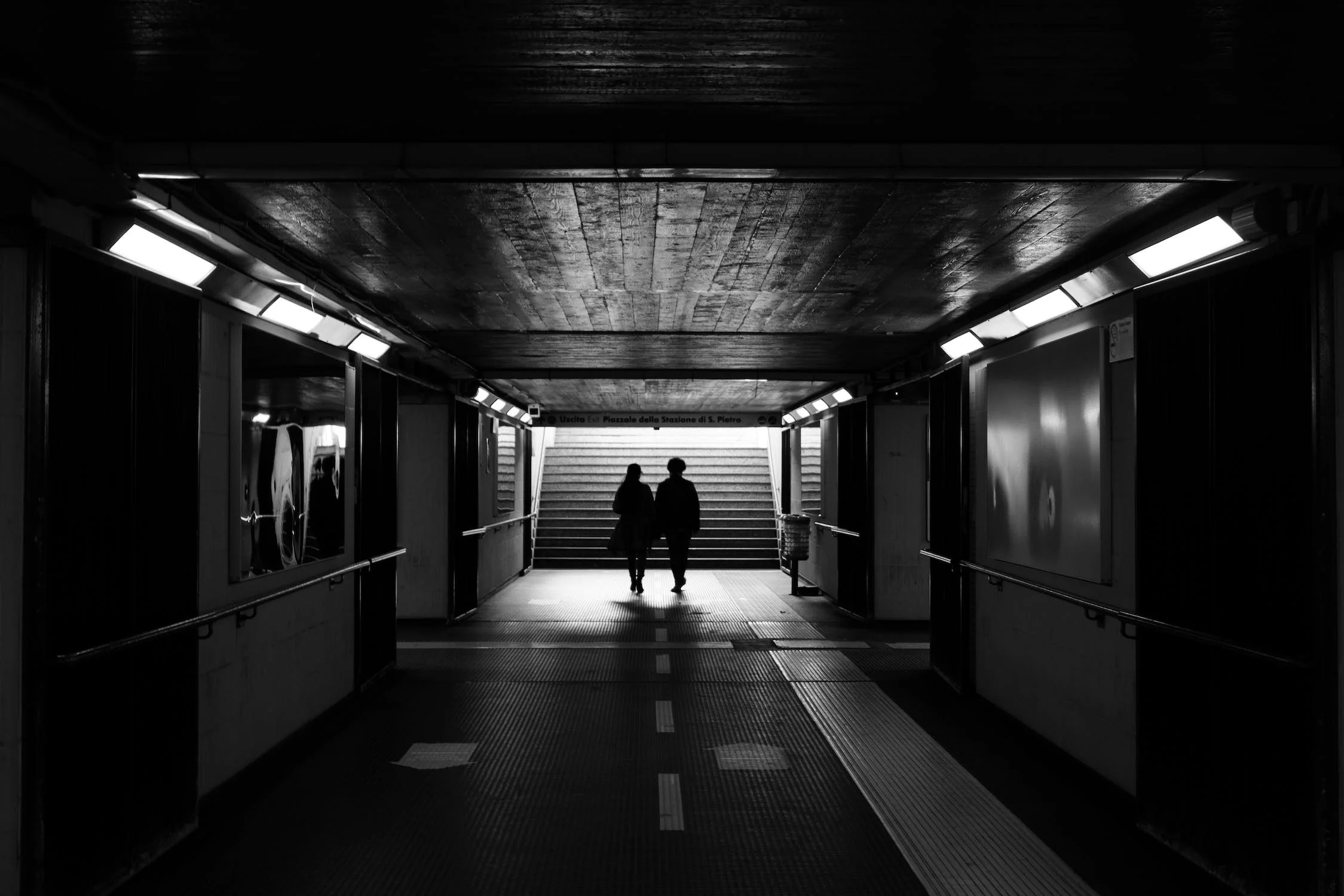How to build a safer Toronto

How to build a safer Toronto
A series of attacks in Toronto — many occurring within the public transit system — has shone the spotlight on the issue of crime and safety in the city. As we search for solutions, we should start by thinking about who among us feels more vulnerable.The Toronto Social Capital Study — conducted last summer, before the latest high-profile incidents — painted a picture of a city that felt fairly safe. One-in-five Torontonians agreed that “the crime in my neighbourhood makes it unsafe to go on walks at night,” but a majority (58 per cent) disagreed (the remainder were neutral or did not provide an answer).
The level of agreement in Toronto was similar to that seen nationwide, suggesting that people in the country’s largest city felt no less safe from crime than the average Canadian. There had also been little change in opinion in Toronto in 2022 compared to 2018, when an earlier citywide survey was conducted.
Those who are better off financially are also more likely than average to feel secure. Agreement that it is unsafe to walk around your neighbourhood at night declines as income rises and is lower for those who own, rather than rent, their homes. Agreement is highest among those who live in apartment buildings and lowest for those who live in single, detached homes.
Along with those who feel most stretched economically, three additional groups stand out as being among those most likely to be concerned about crime in their neighbourhoods. These are those who are food insecure (who have days when they can’t afford to buy enough to eat), who report a mental health disability and who score highest on an index of discrimination, which measures how often they feel mistreated for reasons such as their race, religion or gender.
These findings can help us shape the discussion (among the long list of mayoral candidates) about what to do next. Issues relating to hunger, housing affordability, and mental health are attracting more attention now, which — if it leads to solutions — is undoubtedly a positive development.
But this should not lead us to see those among us who feel less secure, or less well, as the threat. It is these fellow Torontonians who actually feel most threatened. It is not they, but the conditions that lead to their insecurity, that need to be the focus of the public policy response.
Random attacks on people in public places are deeply troubling. The latest occurrences in Toronto may well mean that a new survey today would find a growing share of the population is feeling unsafe. But the overall pattern would likely be unchanged.
As the Toronto Social Capital Study shows, those most worried about crime in their neighbourhoods are Torontonians who are less well-off, less healthy, less socially connected, and more likely to experience discrimination. Building a safer city must mean doing more than funding an increased police presence. It should mean doing more to tackle social isolation and exclusion.
Taking steps to make Torontonians feel more safe in the presence of those most vulnerable is one way to tackle the problem. But lasting change will come when we take steps to ensure those most vulnerable start to feel more safe.
Andrew Parkin is the executive director of Environics Institute and Sharon Avery is president and CEO of the Toronto Foundation.
Like what you're reading? With our bi-monthly e-newsletter, you can receive even more with the latest details on current projects, news, and events at the institute.
Subscribe